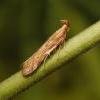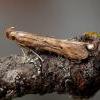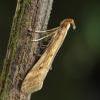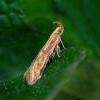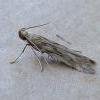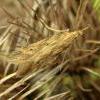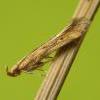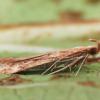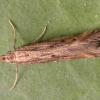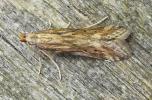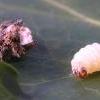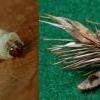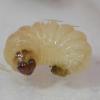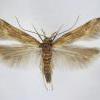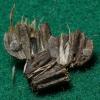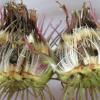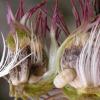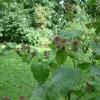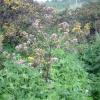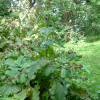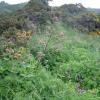35.056 Metzneria lappella (Linnaeus, 1758)
Status and Distribution
Locally common throughout much of England and the Channel Islands, very local in south-west England, south-east and south-west Scotland and Wales. A strong but apparently rather isolated colony is present at St. Cyrus (VC91), but a discovery of a colony south of this in Montrose (VC90) in 2016 suggests it may be under-recorded in coastal areas of Eastern Scotland. Apparently absent from Ireland, Northern Ireland and Isle of Man.
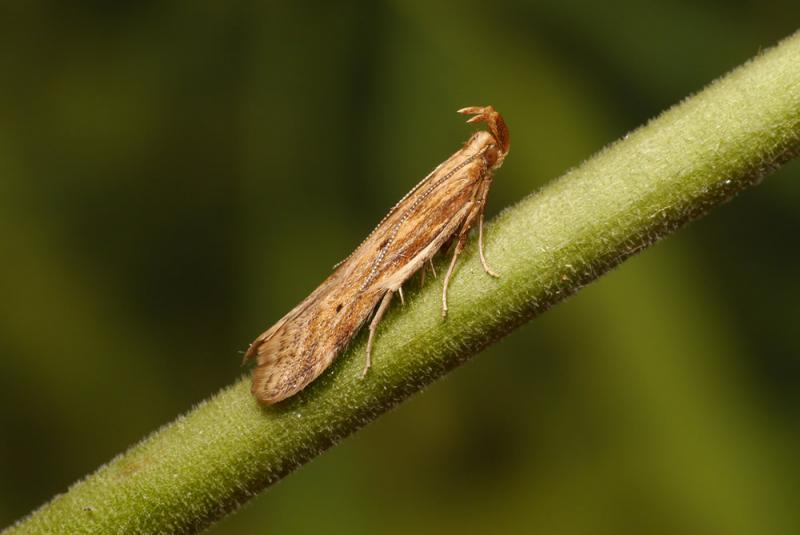
Provisional map
Foodplant and Larval Feeding Signs
Habitat
Finding the Moth
Larva: in the seed-heads from August, overwintering until pupation in May. Overwintered seed-heads may, on occasions, produce large numbers of adults.
The pupal cocoons look like those of the fly, Tephritis bardanae, which are often embedded in a hard matrix of debris, but the fly pupal cases separate into individual items when the seed head is opened. The adults of the fly emerge in autumn so later pupal cases will be empty unless containing a parasite. M. lappella larva make a feeding chamber and hibernaculum from the seeds which consists of four to seven seeds cemented together in a rough semi-circle, the surrounding seeds falling away when the seedhead is opened. From late summer to late spring forcing these cemented seeds apart will reveal a white larva, unless it is parasitised, and if this is only partially opened the larva will spin up the gaps and continue with its overwintering. They eventually pupate within the hibernaculum, the adult emerging from one end through an exit created and then partially closed by the larva.
The information above on the larval hibernaculum has been kindly provided by Malcolm Jennings, pers. comm.
Adult: can sometimes be disturbed from around the foodplant, flies at night and comes to light.
Similar Species
Most similar to Metzneria metzneriella which is slightly smaller on average and has forewings generally darker with reddish-brown (fuscous) streaks, lightly speckled with white. The darker markings are particularly noticeable in the area along the leading edge of the forewing (costa) from base to four-fifths in M. metzneriella, whereas in M. lappella this area has variable ammounts of paler scales at one quarter and one half. In M. lappella the forewing has two dark cilia-lines, one at the base and one at one-third (the latter can be interrupted, or absent from the tornal area), whereas in M. metzneriella there is only one cilia-line (this can occasionally be absent altogether). Worn moths may require dissection.
Single-brooded in June and July. Occasional in mid/late May and until mid-August.
Earliest: 23rd April 2004 (VC9).
Latest: 14th August 2004 (VC58) and 14th August 2009 (VC65).

